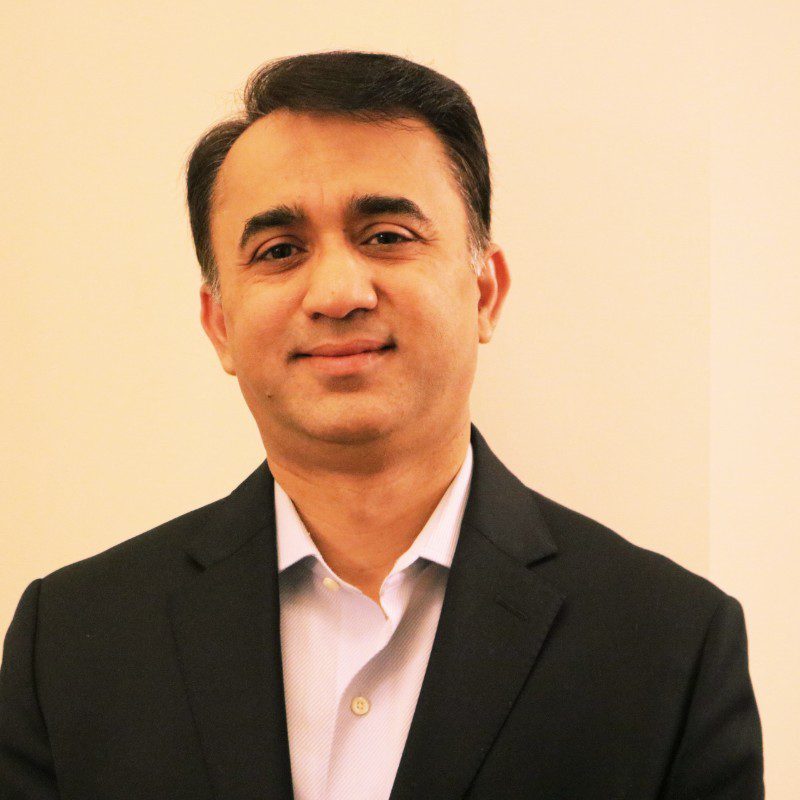The healthcare industry is ever evolving. A healthcare facility’s use of technology has drastically changed during the past 20 years. And while some healthcare facilities use innovative technology to improve digital patient engagement and experience, these capabilities are severely under-used.
That is, while some healthcare facilities use online patient portals to communicate with patients, or as a means for patients to pay bills or make appointments, the effectiveness of these patient portals and associated healthcare facility websites significantly varies.
Based on a heuristic evaluation, it has been found that, sadly, facilities often fail their patients.
The following are 12 common patient pain points in a patient’s experience in healthcare, which limit a patient’s ability to engage with a website or a patient portal. This, in turn, diminishes your patient’s ability to receive quality healthcare service. It also hinders your patients from engaging with your healthcare facility, because of a poor patient experience and digital patient engagement.

12 Common Challenges in Digital Health Experience
1. Many healthcare facilities are missing key patient resources.
- Clear directions to the facility or integration with map services are commonly missing.
- Many are missing virtual office tours.
- Few have pre- and post-operational educational content (e.g., videos).
- Many are not helping patients navigate insurance benefits.
2. Patient portals are an afterthought in the industry and not a point of differentiation.
- Patients need user-friendly sites and quick access to their medical information.
- Most portals are clunky and provide a poor user experience, with few organizations implementing mobile apps.
3. Many organizations are not highlighting and using digital systems.
- Few organizations highlight their telemedicine practices.
- Most organizations don’t allow patients to book appointments online or via mobile apps.
- Of those that do allow online appointment scheduling, the user interfaces (UIs) are outdated.
- Most don’t include a waiting list in case other patients cancel.
- Outdated methods to schedule appointments online (some require more steps after submitting online forms).
4. Patient testimonials must be periodically refreshed.
- These testimonials, if present, can be difficult to find.
- Patient testimonials act as credibility cues for potential patients and can’t be outdated.
5. Many healthcare sites are not offering language translation services for non-English speaking patients.

6. Patient surveys are rare.
- These surveys offer critical insight into the patient experience.
- They help find opportunities for improvement and innovation.
7. Most sites offer some educational content.
- Finding this content can be difficult.
- Content must be personalized based on the patient’s portal profile and self-reported medical history.
8. Finding a care provider is far too complex and often does not consider insurance coverage.
- This process needs to be simplified.
- Patients need assurance the physicians shown to them are covered by their health plans.
- Finding a physician feature is absent on smaller clinic pages.
9. Global site searches are missing on most health center pages.
- This forces patients to manually click and search for information.
- This makes patients overly reliant on the design of the website.
10. Healthcare websites need to meet their patients where they are and simplify the content.
- Most healthcare websites provide blocks of text.
- Yet, most patients scan information looking for headers, bolded content or information with distinct visual treatments.
- Patients with highly-vested interests need choices for more comprehensive information after they have skimmed an easy-to-read introduction section.
11. Most sites are missing sticky navigation menus.
- These menus can be especially important for elderly patients who may have less technological ability.
- Without it, they can become lost within the website, leading to user error and frustration.
12. Many facilities are failing to fully explain their research activities.
- The information is not displayed in a readable format for skimmers.
- The information is often not searchable.
- Many facilities don’t inform patients how they can take part in upcoming research.

Top Patient Pain Points Summarized
Paying bills and setting appointments online are key pain points of healthcare patients. Healthcare facilities must create accounts to support these functionalities.
Further, patients must be able to update their insurance information and access their medical reports. Ideally, mobile apps can also be created for easy access to healthcare accounts. These apps must support video conferencing for telemedicine services. Creating an app that empowers patients will also increase patient retention rates and improve digital patient engagement.
Even if a clinic can’t support telemedicine as a standalone service, using video conferencing technology for follow-up appointments is extremely valuable to patients. Many post-operations and follow-up appointments can be conducted through video conferencing, saving patients time, money and energy by getting to the facility for a brief checkup. The cost of taking the day off work and then driving to the facility may be too high for some patients, diminishing their health outcomes.
Virtual appointments can also help patients who believe they just have a few medical questions and are unsure if they need tests or further treatment. This convenience can encourage some to engage in more preventive care practices and lead to increases in early diagnoses.
Digital patient engagement like virtual appointments also help those with disabilities who may struggle to physically get themselves to the facilities.
How to Use Technology to Improve Patient Experiences
While these pain points are commonly found among healthcare providers, there will be a continued push for better patient experiences and overall digital transformation of the healthcare industry.
Highly-branded franchises, such as those now dominating dentistry and optometry, will eventually gain market share in general practice care. These clinics will use websites, mobile applications and monitoring kits to enhance telemedicine services. The service provided at each location will be the same, providing patients with peace of mind when they travel.
- Patients will be provided with various monitoring devices when they join the clinic (at the patient’s expense).
- These monitoring devices will report and save recordings to the medical app. And care providers will be able to access this data when patients set an appointment (virtual or in-person).
- The applications will provide feedback and curated educational resources to patients based on information provided.

Conclusion
Healthcare organizations not embracing the patient experience and addressing the 12 issues listed will quickly fall behind new entrants, such as those healthcare boutiques already focusing on the patient experience. These facilities can be well-positioned to begin offering more comprehensive educational services using tools like augmented reality. And those patients with specific medical conditions or preparing for operations will be pushed to educational resources, such as videos, text and augmented reality visualizations.
Furthermore, the wave of home monitoring and virtual encounters will only make the situation more challenging for healthcare facilities that aren’t devoted to their patient experience.
For more information and to get started on a journey to better patient engagement, contact us today.
About the Author: Imran Riaz

As Head of UX at System Soft Technologies, Imran engages with customers to best understand their needs, values, abilities, context and limitations, then delivers outcomes that are innovative and delightful. As a global UX executive and thought leader, he fuses customer perspectives with business goals, technology and value creation.
